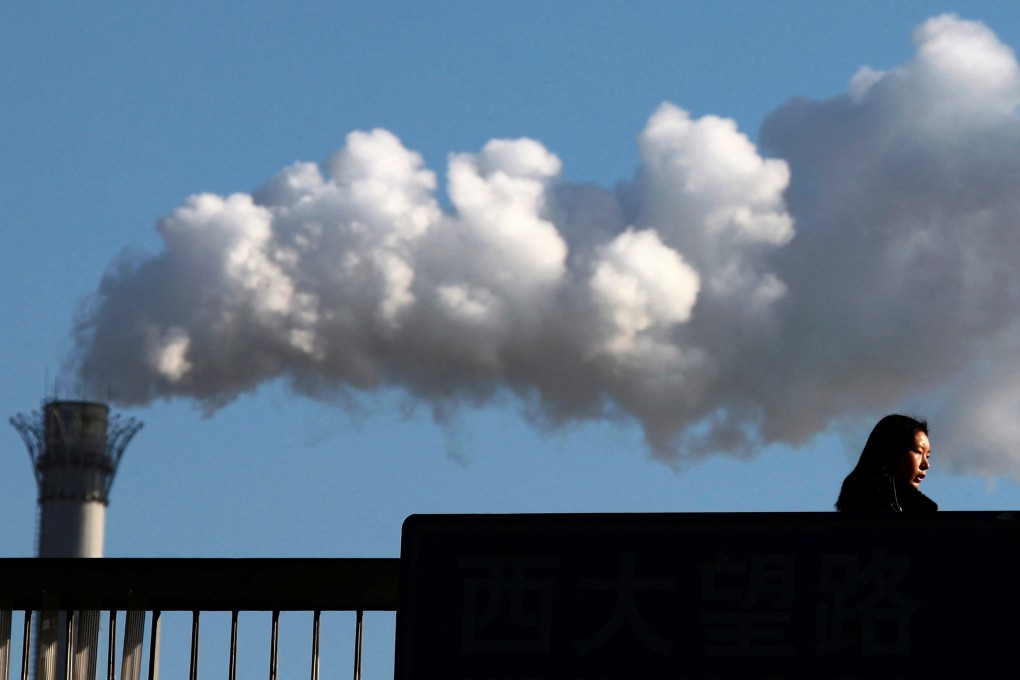Opinion | China’s commitment to decarbonisation has not changed, despite increase in coal power use
- China’s renewed focus on coal power won’t derail plans to achieve carbon neutrality by 2050
- It has made clear the transition to clean energy will not come at the expense of the immediate needs of the country, as it grapples with Covid-19 outbreaks and slowed economic growth

At a recent hearing on “China’s Energy Plans and Practices” held by the US-China Economic and Security Review Commission before the US Congress, a member asked those testifying: “When do you think the Chinese leadership will not be concerned about energy security?” It was a trick question, but the panellists knew the correct response: never.
While it’s true that China has prioritised coal at present, it’s a mistake to conclude that it has postponed its decarbonisation plans. On the contrary, China has taken significant steps to increase its clean energy supply.
Those immediate issues were addressed, but since then, the central government’s tone displays a greater awareness of the risks of a chaotic energy transition.
Since these problems began to emerge last summer, Beijing has admonished cadres at all levels to take measured actions consistent with the goals of decarbonisation. It sent a message that there would be no reward for actions that appeal to long-term goals at the expense of immediate priorities.
